Today we are excited to share an in-depth look at Kyler Zeleny’s latest project, The Crown Ditch & The Prairie Castle. This new book is now available for pre-order via the Velvet Cell. As a friend and previously published artist, we wanted to ask Kyler a few questions about this long term project. Enjoy!
Zeleny (1988) is a Canadian photographer-researcher and author of Out West (2014) and Found Polaroids (2017). His current photographic research interests deal with contemporary rural issues and how geography extends identity and creates community. His personal interests are in found photography, family albums and the politics of archives. He received his bachelor’s in Political Science from the University of Alberta and his masters from Goldsmiths College, University of London, in Photography and Urban Cultures. He is a founding member of the Association of Urban Photographers (AUP), a guest editor for the Imaginations Journal for Cross-Cultural Image Studies and a guest publisher with The Velvet Cell. Kyler Currently lives in Toronto, where he is a doctoral candidate in the joint Communication and Culture program at Ryerson and York University.
Kyler grew up on a farm in Central Alberta. The farm isolated him, it taught him lessons about the great prairie landscape and the importance of a vibrant imagination. As a result, he is left with a propensity towards open spaces, a residue of his upbringing, and megacities, a response to his desire to connect with people.
His work is influenced by a fascination for elements of the past and pondering the future. As a result, he rarely lives in the present. He believes one of the highest virtues is not intellect itself but the pursuit of knowledge, whether that is learning how to weld or reading Bourdieu.
Over the last five years, his pursuit of knowledge has taken him onto the back roads of rural Western Canada and the occasional dip into Montana. Sleeping in his car, showering in lakes and community pools, he occupies his time trying to understand present-day ideas of rurality and how it has been visually represented. This pursuit of understanding the rural consumes him, but that’s ok because he thinks it’s important work.
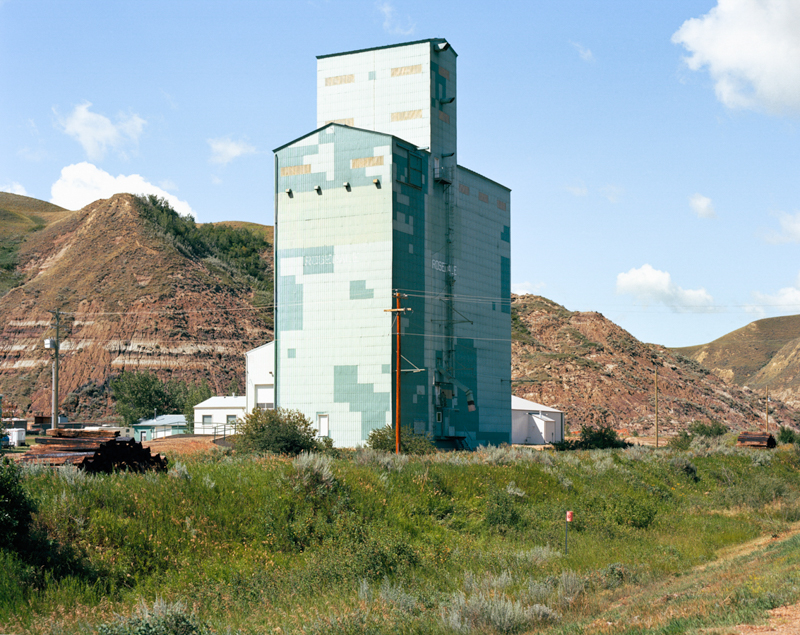
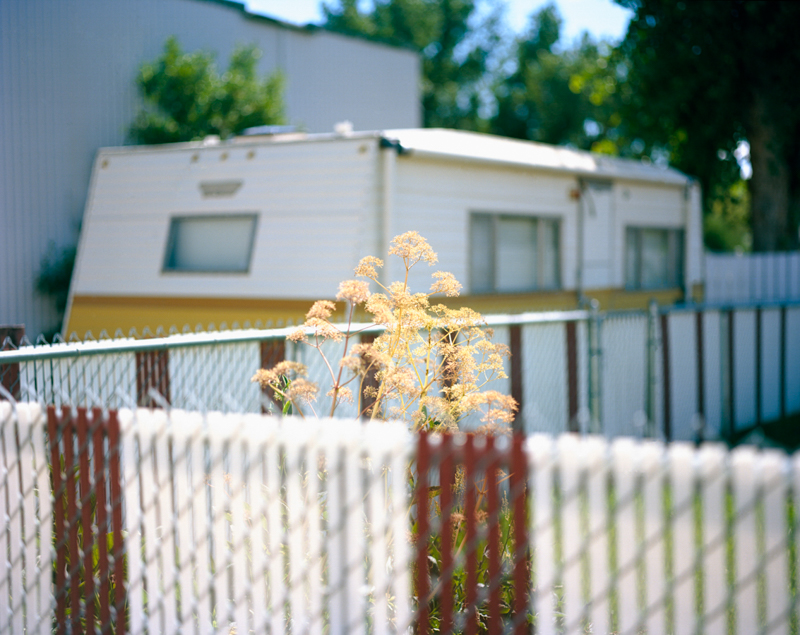
CROWN DITCH AND THE PRAIRIE CASTLE
“Armour made the knight, the crown the king…what are we?”
At the turn of the 20th Century, North America’s last great land rush took place in the Canadian West. It was on the prairies that the soil made the farmer, the herd the rancher. A lingering question for the sons and daughters of the ‘last great west’ is what, or who, are we? Overshadowed and often visually conflated with its neighbor to the south, we forget to turn our gaze to the Canadian prairies. Essential to understanding this region involves forgetting the American Frontier and forging a new account of space.
The area was settled by a unique brand of hardened frontiersmen—cowboys, ranch hands, miners, farmers, and outlaws—the dirty and determined, the persistent sludge at the bottom of every gas tank. These good ol’ boys were chasing the exalted allure of a grand landscape defined by its apparent nothingness, a landscape mystical by its inadequate representation, mystery, and whisper of being the last ‘Promised Land’.
Gone are the early remnants of the Canadian prairies but its legacy still endures. Crown Ditch and the Prairie Castle documents the places and people of the last great ‘proving out’. The project presents the space as an understudied region: a beast upon itself, a unique meeting of landscape, industry, and most importantly a breed of resilient people created by generational lessons in fortitude and fortuned circumstance.
As a photographer, writer, editor, and archivist, I view photography as an omnipresent storytelling device and a precarious medium, imbued with the ability to create new knowledge and ways of understanding. In addition to producing long-form documentary projects, I write about photography in western Canada and the increasing importance of vernacular photography, the latter epitomized in my photobook Found Polaroids (2017). My diverse practice stems from my interdisciplinary training as both an artist and social scientist. With all my projects my intention is to blend in-depth research and expanded forms of documentary practice to produce work that is not simply aesthetic but also socially enlightening.
For the last five years, I have been occupied with understanding contemporary prairie issues and the changing relationship between rural inhabitants and the place they call home. In my process of exploring and understanding the Canadian Prairies I have traversed thousands of kilometers on both paved and gravel roads, visited hundreds of communities, shot hundreds of rolls of film, scribbled in numerous notebooks and experienced both the brilliance of simple rural living and the harsh reality of isolationism. In 2014 I published Out West, the first book in a trilogy on the Canadian Prairies. Crown Ditch & The Prairie Castle represents the much-anticipated second installment. Through the medium of the photobook, I seek to establish myself as one of the defining photographic voices on the Prairies, defined through my practice as both an artist and writer. As tensions grow between rural and urban populations, this work provides a timely response, by serving to understand the largely undocumented changing space and ideas of ruralism in Canada.

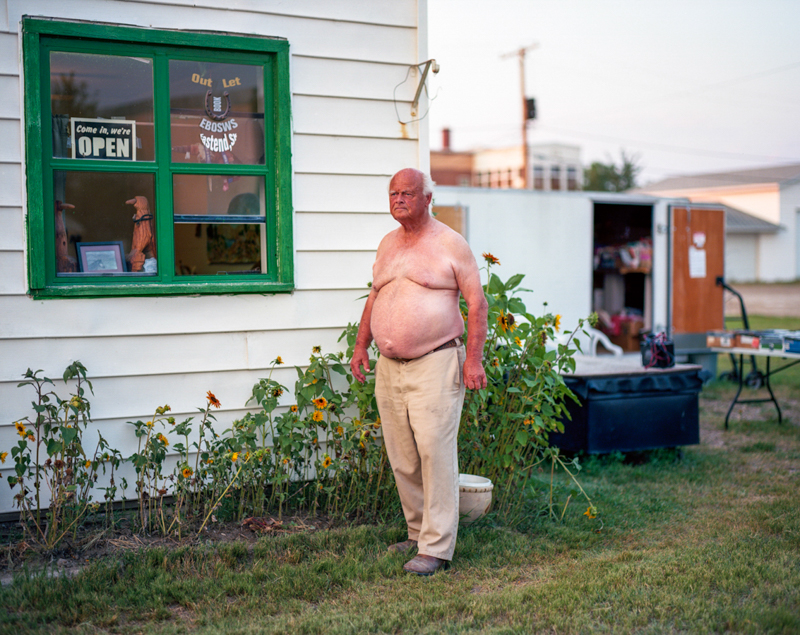
Q: Can you describe The Crown Ditch & The Prairie Castle and where it fits in with your wider work?
I have been working on a trilogy on prairie space and life in western Canada. My first book Out West (2014) was the first ‘chapter’. Crown Ditch and the Prairie Castle is being published next month. The third and final chapter is titled ‘Bury Me in the Back Forty’ and is something I’m still working on. Hopefully it will be completed later this year but it still requires a lot of attention and some massaging.
There is a logic to the whole process, Out West is about looking at small rural communities of 1,000 or less inhabitants across Western Canada; a large area comprised of four Canadian provinces. Crown Ditch is about shrinking the space to focus on the prairie region found in Alberta and Saskatchewan (and a few American states) while also widening the scope to include communities of 10,000 or less, plus people and their landscapes. The final chapter, Bury Me, is about using ideas of post-photography and multi-media practice to understand a specific rural community on the prairies. It is also my home community so this near decade-long interest in prairie space is coming to an end and its ending with me looking in my backyard.
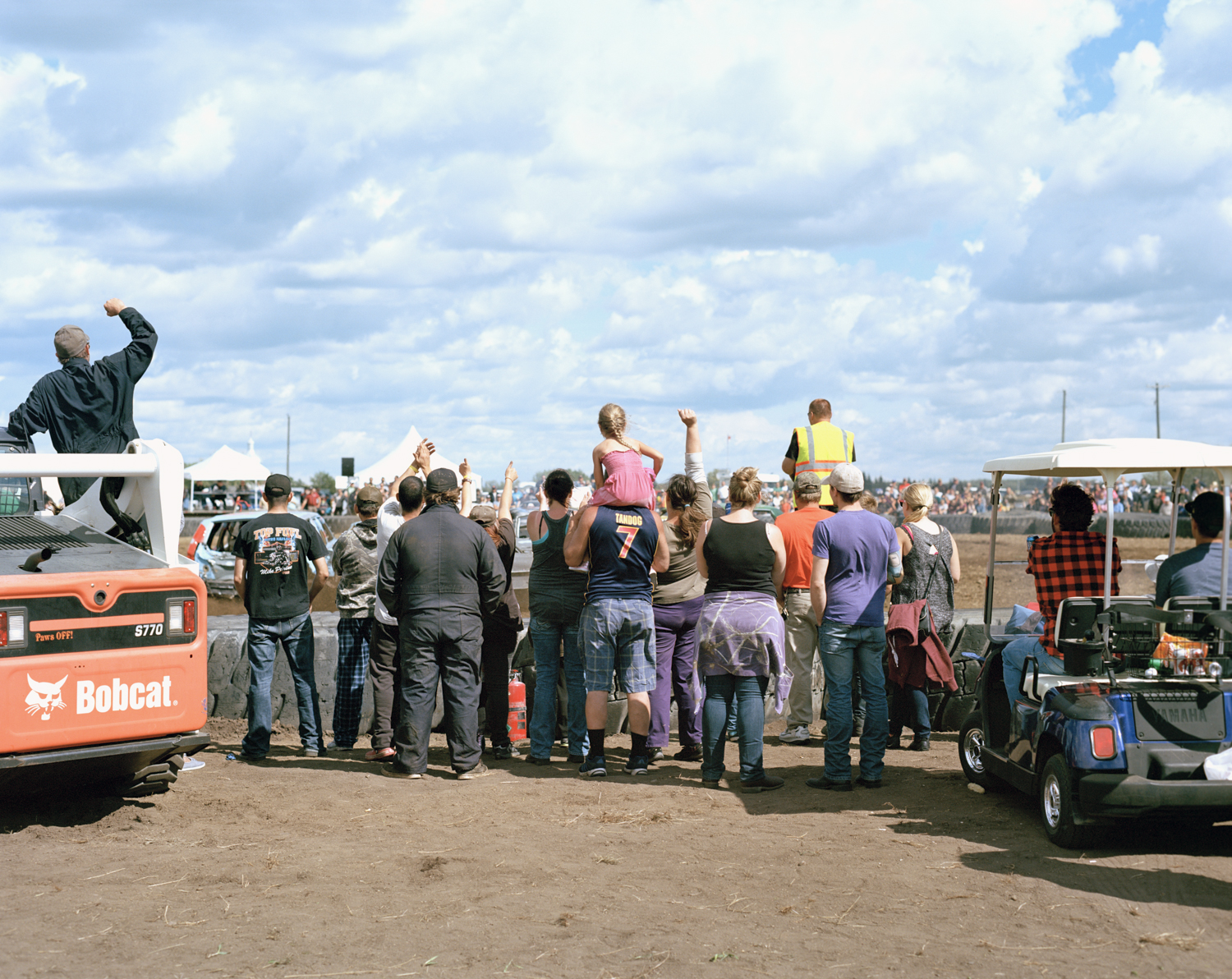

Q: How did your interest in the Prairies develop? Is this something that you have always been curious about, even as a young boy, or has this curiosity and interest developed later in life?
I grew up on a farm on the Canadian prairies. It is a simple idiom but when you’re young, all you know is what you know. It was through leaving that I realized what made the place special for me and for others; the wide horizon stretching in every direction and the eternal sky that perpetually pushed down upon it. Some use empty or banal to describe the prairies, I use the term sublimely banal. The writer and prairie son Wallace Stegner once called the emptiness of space on the prairies “almost frighteningly total.” The place I grew up could be argued to be the last ‘proving ground’ of colonial settlement, as such, it is a place largely without a history, there have been no barons here, no great battles on hills just the sublimely banal horizons of a landscape and a culture in its youth.
When I was sixteen my friends and I would drive around looking at old country buildings: houses, schools and churches, just for something to do. Just fighting off boredom. From an early age I was interested in seeing how old farmsteads seem to disappear back into nature. A friend once told me if I grew up in a city I would have moved to the country to “find out what that was all about.” At the time, I knew little about composition, lighting and great photographers like Robert Adams, Robert Frank, or Stephen Shore. It would be some time before I would be introduced to their work and even longer before I started to make good photographs.

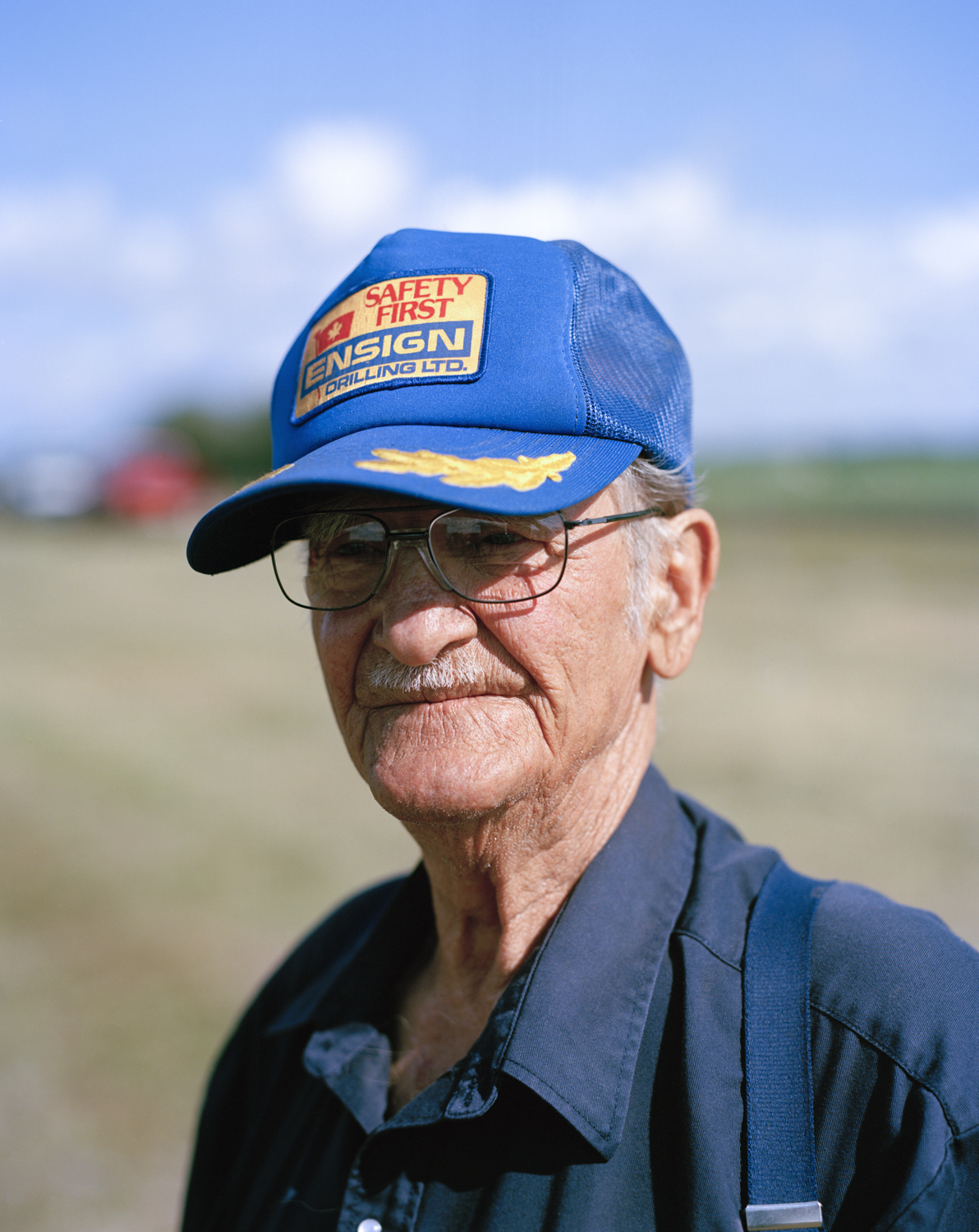
Q: In America, we see similar things happening to our open land, farmers, and ranches. How do you think Americans and Canadians compare and contrast in this issue?
To a large degree we could probably lump American and Canadian rural spaces together in that they are both experiencing an intensifying identity crisis. This is not a new phenomenon but an intergenerational flea from rural to urban spaces—a century long process of rural drain and urban gain.
It is an old narrative and it is tiring but it is slow, pervasive and rather accurate assessment that has far reaching implications. In the wake of the 2016 U.S. presidential election, on the whole (and regardless of region, skin colour, gender, and religion), urbanites rejected the Republican party from the high plains Boise in Idaho to the inner streets of Baltimore. Of course, States still registered as either blue or red but zoom in and you see red states with fortress-like blue clusters in urban areas across the nation.
The Democrat party’s fall from grace with the working poor and the middle-class and their inability to reconcile this during the election signaled the consequence of not understanding rural people, their spaces and their way of life. This is something that is also happening across Canada in recent elections. These elections have signaled an ideological cry for help and looking at prairie culture is my attempt at understanding their position in an ever-urbanizing world.
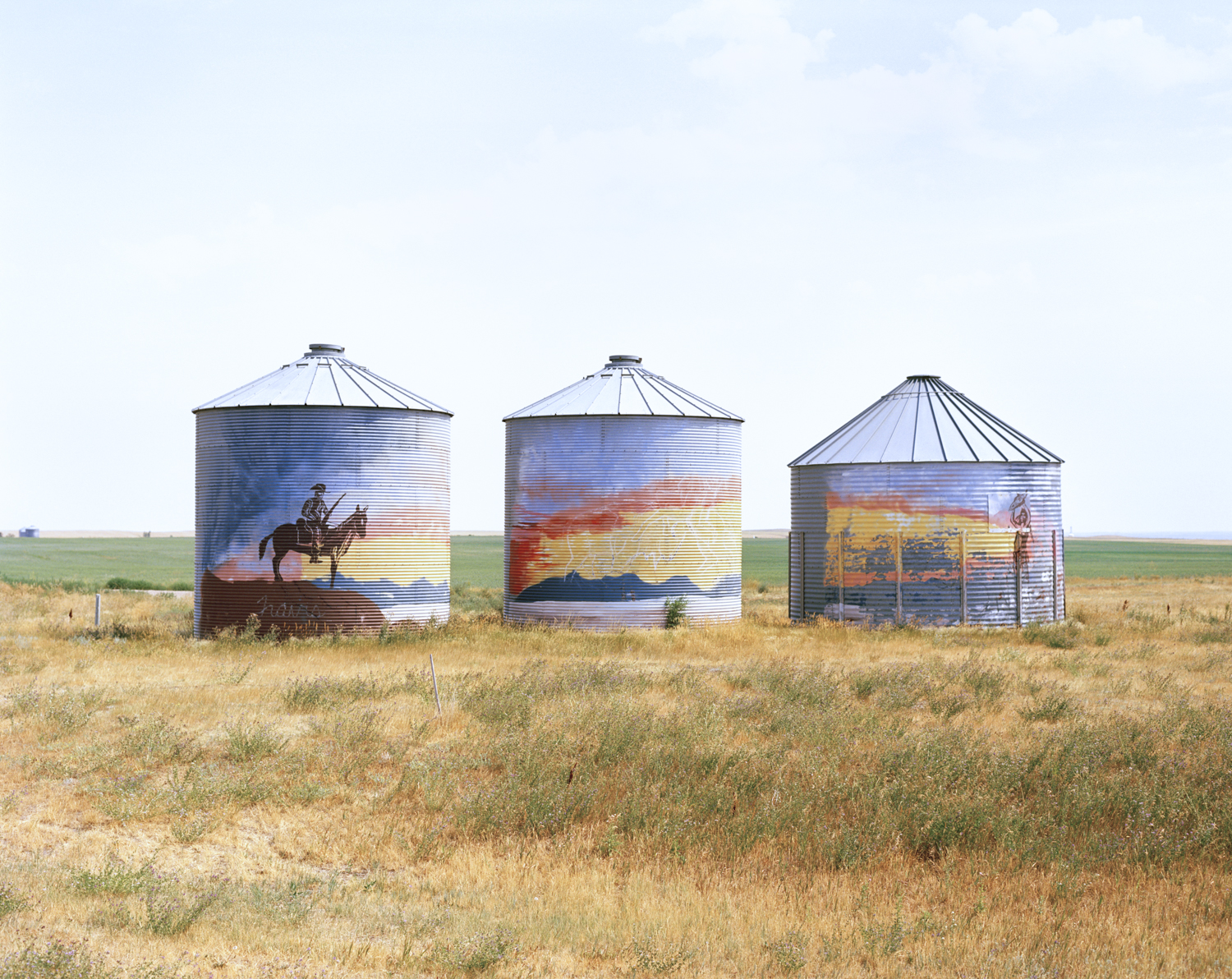
Q: How has the photo book or idea or the “book” shaped your way of looking at and making work?
It helps drive the process by giving me a finish line and allowing me to set multi-year goals. I work slow so it takes a few years to put together a project (I started this one in 2015!). I’m also not big on exhibitions as they can be limiting for audiences and expensive to produce. An exhibition in a decent space for two weeks or 1,000 books—they can cost the same. My perspective has been that its better to put energy into a form that people can enjoy in their homes or that can sit on a library shelf. The form also helps determine the content in that I’m producing knowing it will be viewed in sequence and in a format that fits in your hands.
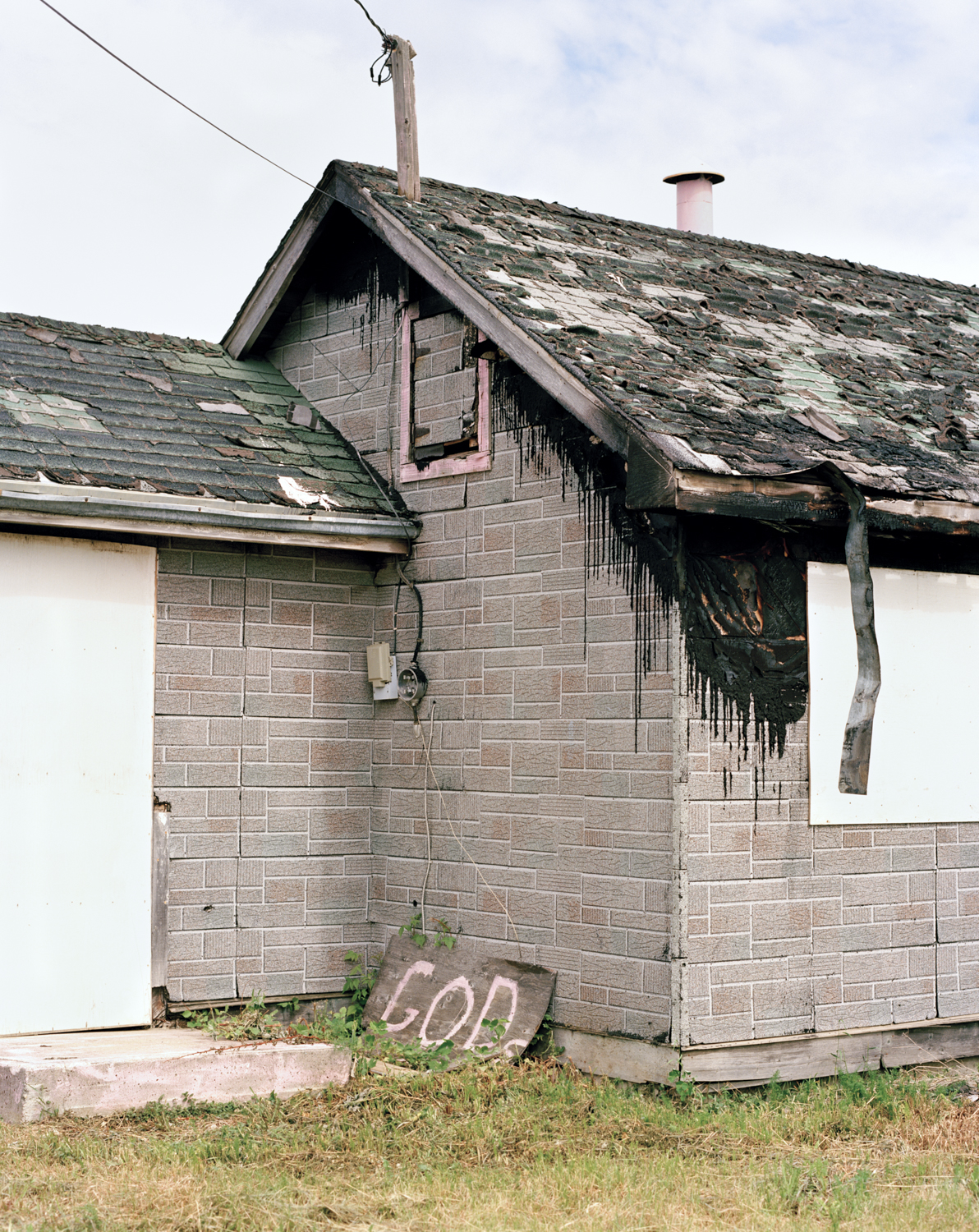
Q: For our readers, can you describe your standard approach for meeting individuals and making portraits of your subjects in this project? How much interaction do you have with these subjects and how strong of a relationship do you intend to build with them?
Asking people for their photo terrifies me. I took a lesson from Alec Soth who once said in a workshop he knew he had to take pictures of people if he was going to get better. As much as the act of asking sucks, it has to be done. Before this body of work, I didn’t do much in terms of photographing people and now it seems like a rather easy task. It helps to have a clear goal and good intentions. I’m never attempting to make a disparaging image. The duration of our time together depends on a number of factors, mainly how much time they are willing to share with me. I was also collecting stories so depending on if they were coming or going I would ask them about their experience on the prairies and this would sometimes move our interaction from one that would last five minutes to one that could be a number of hours. I have always been very transparent when asking for images and always provide information for them so that if they don’t want their image public they can request it after the interaction.

Q: Your background and education in photography is very impressive. Can you tell us how research and writing play a role in your work?
I’ve been in ‘the institution’ far too long, I defend my PhD in the coming days actually. As a result, I think my work is generally informed by the world in a way that is more analytical than conceptual, or at least that is what my work has been up to this point (and that has diverged more recently). In a lot of ways photography and sociology or political science are related disciplines, both are fascinated with society and the human condition with having an understanding of one helping to further the other. There is a lot of good photography being produced today but a lot of it lacks sophistication and layering. This practice of critical writing paired with photography is something I have carried into my PhD and has been a key feature of the way I work creatively.

To view more of Kyler Zeleny’s work please visit his website.
To Support his next book, consider Pre-Ordering a copy of Crown Ditch & the Prairie Castle today via the Velvet Cell.